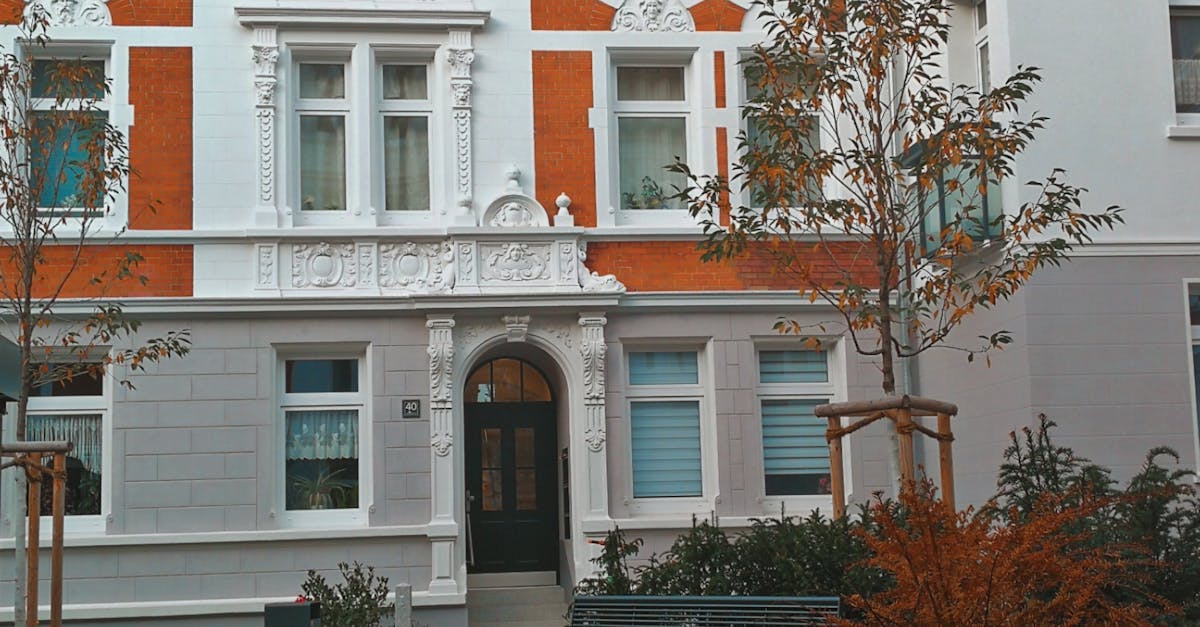
Table Of Contents
Interest Rates and Loan Terms
Interest rates and loan terms for vacation homes can differ notably from those for primary residences. Lenders often view vacation property loans as higher-risk investments. This perception can lead to slightly increased interest rates compared to those on primary mortgages. Additionally, loan terms may vary, with some lenders offering shorter repayment periods for vacation properties, reflecting the added risk of borrowing for a secondary residence.
Borrowers should also be aware that specific requirements tied to vacation property loans can affect their borrowing capacity. Down payment expectations may be higher, sometimes reaching 20% or more. This can impact the overall affordability of the property. Lenders typically conduct a thorough assessment of both the buyer's financial situation and the property's potential rental income, should the owner choose to rent it out when not in use.
How They Differ for Vacation Homes vs. Primary Homes
When it comes to securing financing, vacation homes often present different challenges compared to primary residences. Lenders typically consider vacation properties as higher risk. This perception can lead to more stringent requirements including higher credit score thresholds and larger down payments. Borrowers might find that Vacation Property Loans often come with slightly higher interest rates compared to those for primary homes as lenders seek compensation for increased risk.
Additionally, the terms associated with Vacation Property Loans may vary significantly. Borrowers may need to demonstrate a more robust financial profile given that lenders want assurance that the loan will be repaid regardless of the property's rental performance. Even with good credit, homeowners might face limitations on the number of vacation properties they can finance simultaneously. This could affect potential investors looking to expand their portfolio or those seeking a second home for personal enjoyment.
The Role of Debt-to-Income Ratio
Lenders often assess a borrower’s debt-to-income (DTI) ratio when evaluating eligibility for a mortgage, including Vacation Property Loans. This ratio calculates the percentage of a borrower’s monthly income that goes toward debt payments. A lower DTI usually indicates that a borrower has a manageable level of debt, making them more attractive to lenders. For those looking to finance a vacation home, maintaining a DTI that is within the acceptable range can play a critical role in securing favorable loan terms.
Higher DTI ratios can complicate the approval process for vacation home financing. Lenders typically prefer borrowers with a DTI of 36% or lower, although some may allow for higher ratios depending on the overall financial profile. Factors such as credit score, cash reserves, and the intended use of the vacation home can influence this evaluation. Proving a stable income stream and demonstrating the ability to cover additional mortgage payments without straining finances is essential when applying for Vacation Property Loans.
Understanding DTI and Its Importance
The debt-to-income (DTI) ratio is a crucial metric lenders examine when considering applications for vacation property loans. It provides insight into an applicant's ability to manage monthly payments on debts relative to their income. Typically, a lower DTI ratio indicates a stronger financial profile, making it a key factor in determining loan eligibility and favorable terms. Lenders prefer borrowers with a DTI ratio of 36% or less, but some may allow up to 43% for those seeking a vacation home.
For potential buyers, understanding DTI is essential when planning for a vacation property loan. A high DTI can signal financial strain and may result in higher interest rates or even loan denial. Prospective homeowners should take proactive steps to improve their DTI ratio, such as paying down existing debts or increasing their income. This preparation can enhance their chances of securing the financing needed for that ideal getaway property.
Choosing the Right Mortgage Type
When considering a mortgage for a vacation home, choosing the right type of loan can significantly impact both your monthly payments and long-term financial health. Borrowers typically have two main options: fixed-rate mortgages and adjustable-rate mortgages. Fixed-rate mortgages offer stable payments over the life of the loan, which can provide peace of mind for those wanting predictable budgeting. In contrast, adjustable-rate mortgages often start with lower initial rates that can change after a specific period, leading to potential increases in payments as interest rates fluctuate.
Vacation Property Loans often have specific criteria that differ from those of primary residence loans. Lenders may require larger down payments for vacation properties, sometimes up to 20% or more, to mitigate their risk. Additionally, the choice between a fixed or adjustable rate may hinge on market conditions and how long the buyer plans to keep the property. Evaluating these factors is crucial for making an informed decision that aligns with one's financial goals and circumstances.
Fixed vs. Adjustable Rate Mortgages for Second Homes
When considering financing options for a vacation home, borrowers often face the choice between fixed-rate and adjustable-rate mortgages. Fixed-rate mortgages provide stability with consistent monthly payments over the life of the loan. This predictability can be appealing for those looking to manage their budgets effectively. In contrast, adjustable-rate mortgages usually start with lower initial rates, which can lead to savings in the early years. However, they come with the risk of rate increases, potentially raising monthly payments significantly after the initial period.
Vacation Property Loans can differ in their requirements based on the type of mortgage chosen. Lenders may offer more favorable terms for fixed-rate options, recognizing their reduced risk over time. Conversely, adjustable-rate loans may appeal to buyers who plan to sell or refinance before rate adjustments occur. It’s crucial for prospective vacation home buyers to evaluate their financial situations and long-term plans before committing to a mortgage type that aligns with their investment strategy.
FAQS
Is it more difficult to obtain a mortgage for a vacation home compared to a primary residence?
Yes, it can be more challenging to secure a mortgage for a vacation home. Lenders typically have stricter requirements for vacation properties, including higher credit scores and larger down payments.
What are the typical down payment requirements for a vacation home?
Down payment requirements for vacation homes often range from 10% to 20%, depending on the lender and the buyer’s financial profile. Some lenders may even require a larger down payment for second homes.
How does the debt-to-income (DTI) ratio affect my ability to get a mortgage for a vacation home?
The debt-to-income ratio is crucial in determining mortgage eligibility. Lenders generally prefer a DTI ratio of 43% or lower for vacation homes, meaning your monthly debt payments should not exceed 43% of your gross monthly income.
What types of mortgages are available for vacation homes?
Vacation homes can be financed through various mortgage types, including fixed-rate and adjustable-rate mortgages. Each option has its advantages, so it's essential to consider your financial situation and future plans when choosing.
Can I use rental income from a vacation home to qualify for a mortgage?
Yes, some lenders allow you to use projected rental income from a vacation home to help qualify for the mortgage. However, you may need to provide evidence of rental history or a solid business plan for rental income.





